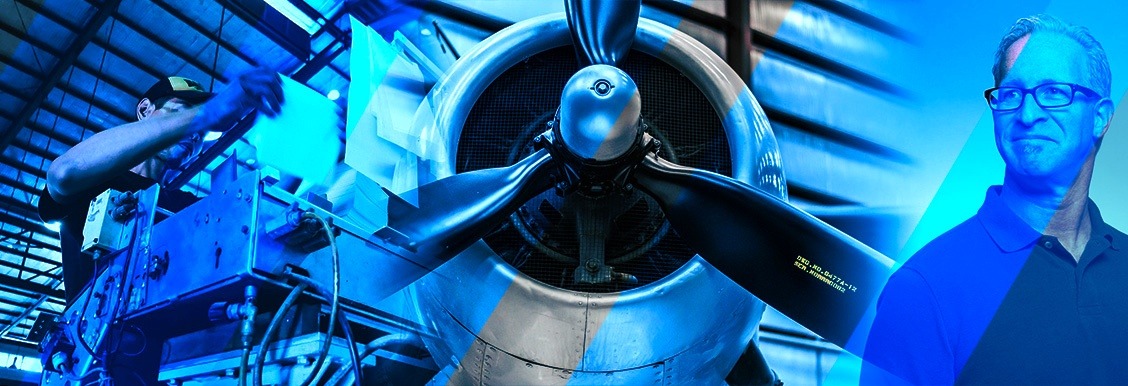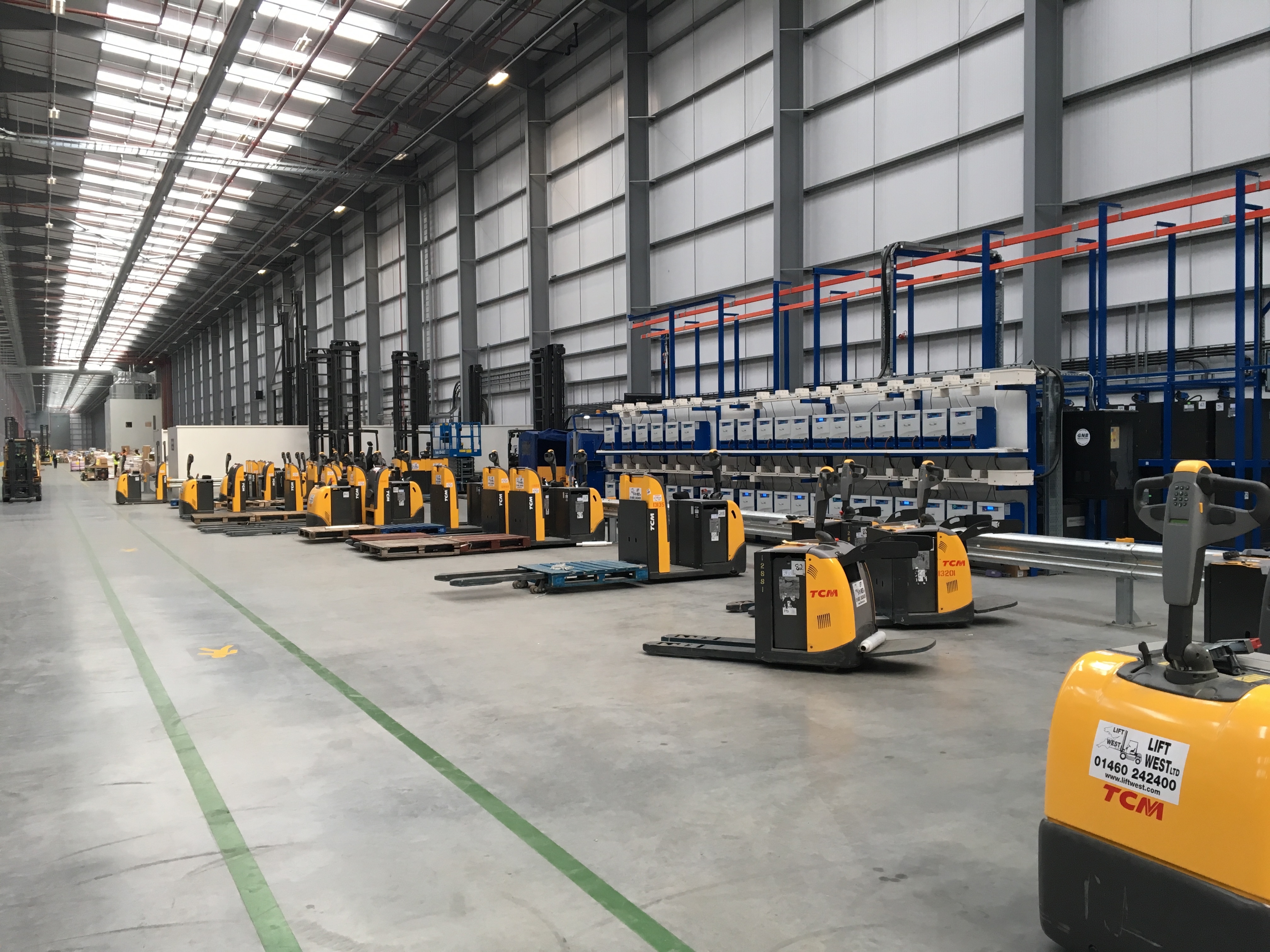1 min read
How Distributed Work Gets Done in Manufacturing (Part 2)
Last week, we talked about how manufacturing has been operating under a distributed work force model for as long as manufacturing has been around....

Deciding when to upgrade legacy systems is a constant debate across all IT departments. Manufacturing is no exception.
One of the biggest challenges here is that any relief provided by the decision to upgrade or not tends to be a headache for someone else within the organization creating unbalanced incentives and paralyzing the decision-making process. This runs the risk of ignoring the ultimate beneficiary of this decision - the organization itself and, by extension, your customers.
This isn’t to say that people are ignoring the needs of the organization, nor does it suggest that individual concerns related to workload or stress are invalid. It does mean you need a solid assessment to help us make the right decision with the pros and cons to lend support.
Maintaining legacy systems has a handful of benefits; current costs and training appear minimal. But the risks can be staggering and there can be multiple layers to hidden costs and many that you may never discover. The slowness of the information itself may stop your production in its tracks and prohibit you from taking work that would add to your profitability. It can be a constant drain.
One of the most critical problems with maintaining old software is that eventually the platforms become so obsolete they present a security risk. Older technology loses its ability to keep up with the current security standards. Depending on the regulations you’re required to comply with from your industry or the protocols you keep internally, this can lead to audit failures and much larger issues, including loss of business. Legacy systems have outdated functionality, leaving little room for scaling operations beyond the limitations of your status quo.
However, upgrading isn’t always the easiest process. The upgrade itself is often extensive, sometimes taking years to complete depending on the size of the organization. And even when complete, there’s still the transition process of training and familiarization with the new systems that can set the company back long before any return on investment is finally realized. While it’s true that upgrades can ultimately save you money in the long run and expand the capabilities of your operations, you must be careful not to move to features and functionality that offers little to no benefit.
We’ve identified many of the challenges your organization will face in getting to the newest version of the systems you use. How should you move forward?
This does not mean that all other factors are irrelevant, but the primary focus of your conversations and research should always take center stage and all metrics should revolve around determining the success of the project based on this primary factor. Projects and upgrades tend to fall off the rails when all eyes are not on target.
Our platforms are all locally sourced. Right there on your network. So you know you have access to them every day, all day.
We believe in the critical importance of manufacturing right here in North America and we work hard to keep you working. Ask us questions; you will find that we are far more reachable than other software providers you may partner with. We are here to help you find the right tools and use them, whether it's a Google doc, an Excel sheet or a Production Control system. To learn more about meeting your targets for 2020 or just getting a question answered, visit us at www.cimx.com.

1 min read
Last week, we talked about how manufacturing has been operating under a distributed work force model for as long as manufacturing has been around....

We’ve talked before about decision methodology. In brief, the theory we follow for manufacturers is that to stay competitive, you must always make...

Do you know what it costs to produce a single part, complete a single process or ship your product out the door? Have you considered labor cost?...